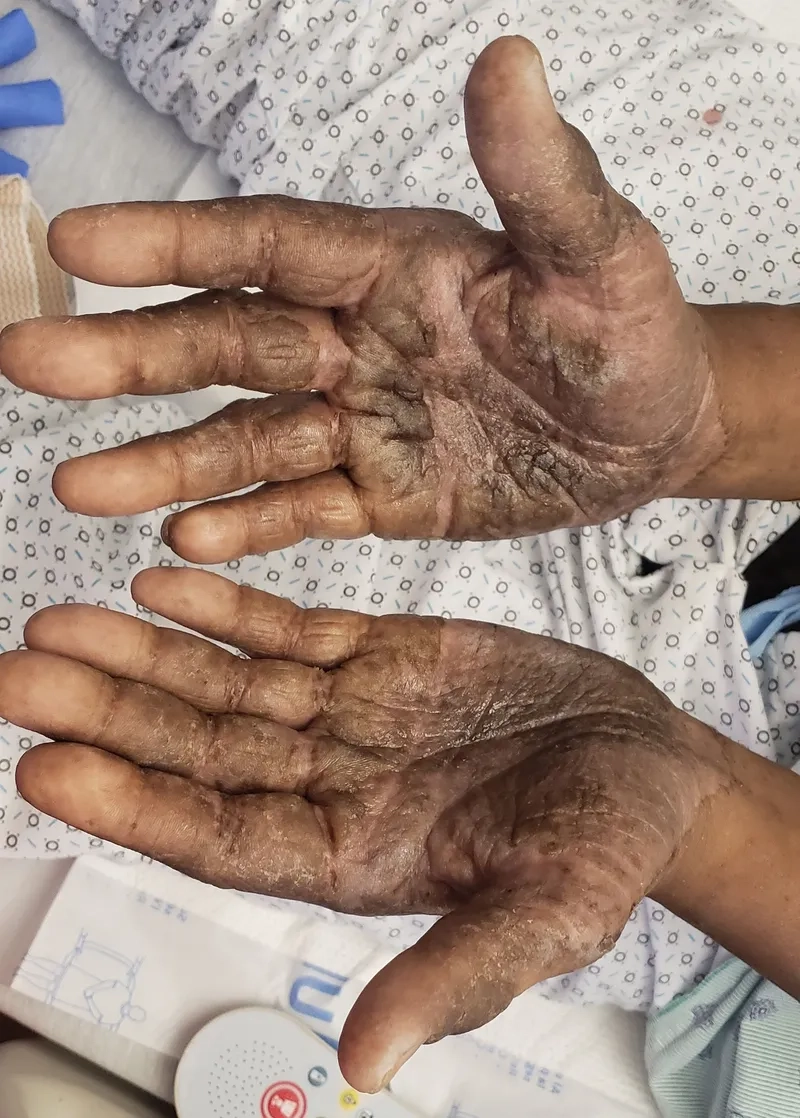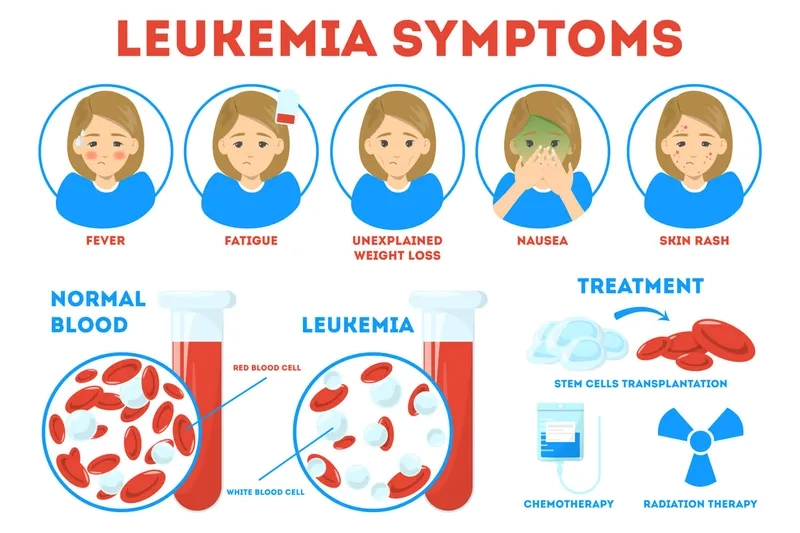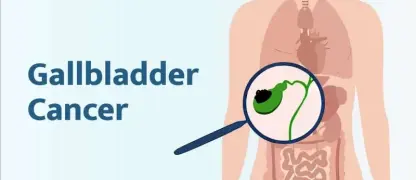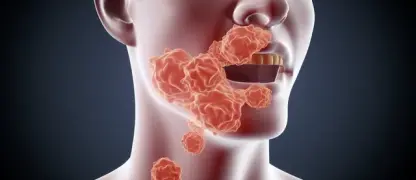A cancer of the blood, leukemia can affect anyone. Understanding what is leukemia and its early signs is vital for a timely diagnosis and accessing effective treatment.
What are the main risk factors for Leukemia?
- The exact causes are often unknown, but genetic factors, including certain inherited syndromes like Down syndrome, can increase a person's risk.
- Prior cancer treatment, such as chemotherapy or radiation therapy, is a known risk factor for developing certain types of leukemia later in life.
- Exposure to high levels of certain chemicals, like benzene, and smoking are also linked to an increased risk of developing some forms of leukemia.

Key symptoms of Leukemia to watch for
- Common signs of leukemia include persistent fatigue, weakness, fever, and unexplained weight loss as abnormal cells crowd out healthy ones.
- Frequent infections, easy bruising or bleeding, and tiny red spots on the skin (petechiae) are also key leukemia symptoms to report to a doctor.
- Swollen lymph nodes, an enlarged spleen or liver, and bone or joint pain can also indicate the presence of this blood cancer.
How is Leukemia managed and treated?
- A diagnosis confirms one of the main types of leukemia, such as acute myeloid leukemia (AML), acute lymphoblastic leukemia (ALL), chronic myeloid leukemia (CML), or chronic lymphocytic leukemia (CLL).
- The primary leukemia treatment is chemotherapy, but options also include radiation, targeted therapy, immunotherapy, and stem cell transplantation depending on the type.
- Treatment aims to destroy leukemia cells and allow normal blood cells to form again, with the goal of achieving long-term remission.
>>> Discover more: Prostate cancer – causes, signs and treatment
Recognizing the warning signs of Leukemia through images






>>> Learn now: Colorectal cancer – symptoms, stages and care
The leukemia life expectancy and prognosis have improved dramatically with modern medicine. If you notice persistent symptoms, consult a healthcare professional for a prompt evaluation and diagnosis.
>>> See more: Skin cancer – causes, warning signs and treatment






